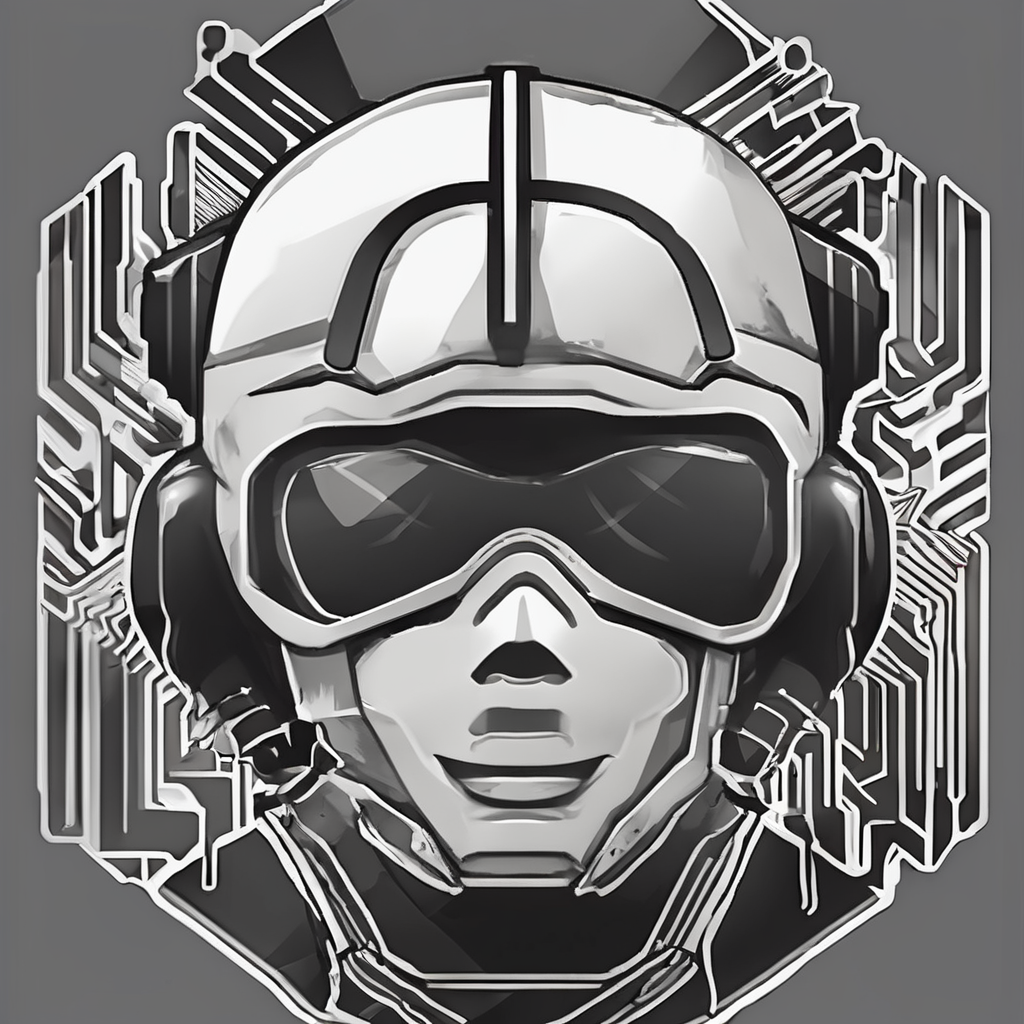Essential Tools and Parts Checklist for Kawasaki ZX-14R Turbo Kit Installation
Installing a turbo kit on your Kawasaki ZX-14R requires careful preparation and the right set of ZX-14R tools to ensure a smooth and safe upgrade. First, compile a detailed installation checklist that covers all necessary components and equipment. Core turbo kit parts include the turbocharger unit, intercooler, wastegate, blow-off valve, custom exhaust headers, fuel management system components, and reinforced gaskets to handle increased boost pressures.
When selecting your turbo kit parts, prioritize acquiring genuine or highly compatible components designed specifically for the ZX-14R platform. Using aftermarket parts not tailored to your model can cause fitting problems or decrease performance reliability. A thorough check of dimensions, mounting points, and included hardware improves your chances of a precise installation.
Also to discover : Essential guide to ducati 959 panigale exhaust care: expert tips for peak performance
Equally important are the ZX-14R tools such as torque wrenches, socket sets, screwdrivers, hose clamp pliers, and diagnostic equipment for ECU tuning adjustments. Pre-installation preparation tips include draining engine fluids, removing factory exhaust components carefully, and verifying that the work area is clean and well-lit to avoid losing small fasteners or damaging sensitive parts. Conducting a dry run to match turbo kit parts with existing bike components can prevent surprises during installation.
Following this installation checklist ensures that every necessary tool and part is on hand before you begin. This preparation minimizes downtime and helps achieve a successful turbocharging upgrade on your Kawasaki ZX-14R.
Have you seen this : Effective techniques to reduce handlebar vibration on your suzuki v-strom 650 for a smoother ride
Step-by-Step Guide to Installing a Turbo Kit on Your Kawasaki ZX-14R
Installing a turbo kit on your Kawasaki ZX-14R requires careful preparation and precise execution to ensure optimal performance and reliability. Before starting, make sure the motorcycle is clean and on a stable stand, allowing clear access to the engine and frame. Inspect the engine for any existing issues, as the added stress from the turbo demands a healthy powertrain.
Begin the turbo kit installation by securely mounting the turbocharger to the designated exhaust manifold location. This step is critical; improper mounting can lead to leaks or damage. Use the supplied brackets to affix the turbo, ensuring all bolts are torqued to specification based on the kit’s instructions.
Next, integrate the turbo’s fuel and oil systems. The fuel delivery system must be adjusted; often this means installing a fuel controller or upgrading injectors to meet the increased fuel demands. Oil lines for turbo lubrication should connect directly to the engine’s oil supply and return points, preventing leaks and ensuring consistent flow. Cooling is equally important—attach the intercooler and any supplementary radiator lines as indicated by the kit. This helps maintain safe operating temperatures during boost.
Throughout the installation, adhere strictly to the step-by-step guide to avoid common errors that can compromise performance or safety. Properly securing all components, verifying clearances, and routing wires and hoses away from heat sources will contribute to a smooth and reliable ZX-14R upgrade. Regular checks during and after installation can preempt mechanical failures and optimize your bike’s boosted power output.
Key Tuning Tips for Optimal Turbo Performance
Fine-tuning your ZX-14R performance with turbocharging requires precise adjustments to the ECU and fuel management systems. When implementing turbo tuning advice, the primary focus should be on ensuring the engine receives the correct air-fuel mixture under increased boost pressures. This is essential to prevent detonation and maintain engine reliability.
Start by calibrating the ECU tuning to accommodate the extra air from the turbo. Adjust fuel mapping to increase injector pulse width proportionally with boost increments. A common approach is to enrich the mixture as boost rises, which supports combustion stability and power output. Setting the boost level must be done conservatively at first; typical recommended settings range between 6 to 8 psi for the ZX-14R, balancing performance gains with engine safety.
Power delivery can be optimized by tapering boost pressure smoothly across the RPM range, avoiding sudden spikes that cause drivetrain stress or loss of traction. Use the ECU’s software to manage the turbo’s wastegate or boost controller settings accordingly. It’s also crucial to monitor ignition timing closely—retarding timing under boost helps mitigate knock, a frequent tuning pitfall.
Avoid typical mistakes such as overly aggressive fueling or boost levels, which can lead to engine overheating or internal damage. Properly syncing the ECU’s responses to throttle input will ensure the enhanced power translates into manageable, exhilarating performance. Integrating data logging tools during and after adjustments is highly recommended to validate tuning decisions in real-time and adjust as needed for optimal results.
Safety Precautions and Common Installation Challenges
When working on the installation of a turbo kit on a ZX-14R, following strict installation safety protocols is crucial. First and foremost, always disconnect the battery to prevent electrical shorts or accidental startups. Wear proper protective gear such as gloves and eye protection, especially when handling sharp components or chemicals like sealants and lubricants. Adequate ventilation is necessary since fumes from the turbo kit materials can be hazardous during installation.
One frequent stumbling block is the improper fitment of the turbo components. Many users encounter turbo kit issues like misaligned piping or loose connections that can lead to leaks or insufficient boost pressure. Accurate measurements and double-checking each bolt torque with a calibrated wrench can mitigate these problems. Another common error involves the omission of necessary gaskets or clamps; skipping these can cause exhaust leaks or turbo failure.
After installation, thorough troubleshooting of the ZX-14R is essential to confirm system integrity and safety. This includes verifying coolant and oil flow rates to the turbocharger, checking for unusual noises, and ensuring no error codes are present on the engine management system. Post-installation maintenance checks should also focus on inspecting all mounting points and hoses regularly, as vibrations may loosen connections over time.
Overall, careful adherence to safety guidelines and proactive resolution of hydro-mechanical difficulties will enable a smooth install and long-term reliability of the turbo kit on a ZX-14R.
Evaluating Performance Gains After Turbo Kit Installation
Understanding the performance results after installing a turbo kit on your ZX-14R is crucial to appreciating the true impact on your motorcycle. The expected ZX-14R horsepower increase is often a key selling point. Manufacturers or custom shops cite significant horsepower and torque boosts, sometimes doubling the stock figures. However, these numbers can vary based on the turbo setup, tuning, and supporting modifications.
Professional dyno testing plays an essential role in measuring these actual gains accurately. A dynamometer provides objective data by measuring engine output under controlled conditions. Such tests reveal not only peak horsepower and torque numbers but also how power delivery changes across the rev range. This data ensures riders know precisely what improvements their bike has achieved, beyond manufacturer claims or anecdotal evidence.
Riders who have installed turbo kits often report noticeable differences in real-world riding experience. Aside from increased top-end power, many note enhanced mid-range torque, which improves acceleration and throttle response in daily riding situations. Yet, these subjective feedback details can only be reliably confirmed and quantified through dyno testing.
Ultimately, pairing empirical measurements with rider feedback offers the most comprehensive view of performance results after turbo installation. It helps validate expectations of ZX-14R horsepower gains and clarifies how the bike’s character changes on the road.
Expert Product Recommendations and Additional Resources
When considering the best turbo kits for your ZX-14R upgrades, quality and compatibility are paramount. Top-rated kits often come from manufacturers with proven track records in delivering reliable performance enhancements, tailored specifically to the ZX-14R engine’s unique characteristics. These kits typically include all necessary components—turbocharger, intercooler, fuel management systems, and reinforced engine parts—to ensure smooth integration and durability.
For additional support during installation or tuning, numerous installation resources are available. Detailed guides and instructional videos provide step-by-step instructions on how to install turbo kits and other ZX-14R upgrades safely and efficiently. These resources are invaluable, especially for enthusiasts new to forced induction systems, as they clarify complex wiring, plumbing, and calibration tasks.
Beyond official manuals, community forums and online groups focused on the ZX-14R platform serve as trusted sources for troubleshooting and advice. Experienced riders share insights on the best turbo kits they’ve tested, offer tips on securing compatible parts, and discuss common pitfalls encountered during installation. Engaging with these forums can expand your understanding and help tailor ZX-14R upgrades to your specific riding goals.
By leveraging expert recommendations and a wealth of installation resources, you can confidently select the best turbo kits and maximize your ZX-14R’s performance while minimizing potential installation challenges.
Frequently Asked Questions: Kawasaki ZX-14R Turbo Kit Installation
When considering a ZX-14R turbo kit installation, riders often ask about the complexity and reliability of the process. Installing a turbo kit on the Kawasaki ZX-14R requires mechanical knowledge, as it involves modifying the engine’s air intake and fuel systems to handle increased boost pressure. Precise tuning is essential for safe operation, ensuring the engine runs smoothly without risking damage.
Regarding maintenance, regular inspection of the turbo components is critical. This includes checking for oil leaks, monitoring boost levels, and ensuring that the intercooler and hoses remain intact. Neglecting these can lead to performance issues or mechanical failure.
Many riders wonder about the warranty implications of installing a turbo. Typically, adding aftermarket turbo kits may void the factory warranty, since the modifications alter the bike’s original design parameters. It is advisable to consult with your dealer before installation if you want to understand how it affects your specific warranty coverage.
Legal considerations also play a role. Turbocharged street bikes might face different regulations depending on jurisdiction, especially related to emissions and noise levels. Ensuring compliance with local laws is vital to avoid fines or restrictions.
Finally, troubleshooting tips include monitoring engine temperature and listening for unusual noises like hissing or rattling, which could indicate leaks or component wear. Proper ongoing maintenance and timely repairs will maximize the longevity and performance of your ZX-14R turbo setup.

